When it comes to building strong, sculpted glutes, the hip thrust is a powerhouse exercise. It’s not only effective but also versatile, allowing for progressive overload to really target those glute muscles. But a common question that arises, especially among women, is: How much weight should I be hip thrusting?
Whether you’re a beginner or an experienced lifter, understanding the average weight for hip thrusts can help you set realistic goals, track your progress, and ensure you’re challenging yourself enough to see results.
Why Hip Thrusts Are So Effective
Before diving into the numbers, let’s quickly revisit why hip thrusts have gained so much popularity, especially among women:
- Glute Activation: Hip thrusts target the gluteus maximus like no other exercise. The movement allows for maximal contraction of the glutes, making it incredibly effective for building strength and size.
- Versatility: You can perform hip thrusts with a barbell, resistance bands, or even just your body weight, making them accessible for all fitness levels.
- Improved Performance: Strong glutes contribute to better performance in other exercises like squats and deadlifts, and even improve running speed and jumping power.
- Injury Prevention: Strengthening the glutes can help prevent lower back and knee injuries by providing better support and stability.
Average Weight for Hip Thrusts: What’s the Norm?
The amount of weight a woman should hip thrust varies depending on several factors, including fitness level, experience, and specific goals. Here’s a general breakdown:
-
Beginners: If you’re new to hip thrusts, it’s important to start light to master the form and avoid injury. Most beginners start with just the barbell (which typically weighs 45 pounds or 20 kg) or light resistance bands. A good starting range is around 40-60 pounds (18-27 kg).
-
Intermediate Lifters: As you become more comfortable with the movement, you can start adding weight. Many women at the intermediate level hip thrust between 70-135 pounds (32-61 kg). This range allows for increased resistance while still maintaining proper form.
-
Advanced Lifters: For those who have been consistently training and have built significant strength, the weight can go much higher. Advanced lifters often hip thrust 135-225+ pounds (61-102+ kg). At this level, women are likely focusing on progressive overload to continue building muscle and strength.
-
Elite and Competitive Athletes: Some women, particularly those who are competitive powerlifters or athletes, may hip thrust well over 300 pounds (136 kg). This level of lifting requires not only strength but also a well-structured training program and excellent technique.
How to Determine Your Ideal Weight
While these averages provide a helpful benchmark, it’s crucial to remember that the “right” weight for you depends on your individual goals and current strength level. Here’s how to determine what weight you should be lifting:
-
Start Light: If you’re unsure where to begin, start with a light weight that you can lift comfortably for 10-12 reps. Focus on form first—your back should remain straight, your feet flat on the ground, and your glutes should fully contract at the top of the movement.
-
Progress Gradually: Once you’ve mastered the form, gradually increase the weight. A good rule of thumb is to add 5-10% more weight each week or every other week, depending on how your body feels.
-
Challenge Yourself: The last few reps of your set should feel challenging but doable. If you’re breezing through your sets without much effort, it’s time to add more weight.
-
Track Your Progress: Keep a workout journal or use an app to track the weights you’re using. This will help you see your progress over time and make informed decisions about when to increase the weight.
-
Listen to Your Body: Pay attention to how your body feels during and after your workouts. If you’re feeling fatigued or experiencing pain (other than typical muscle soreness), it might be a sign to lighten the load or take a rest day.
Tips for Safe and Effective Hip Thrusts
- Use a Pad: If you’re using a barbell, consider placing a pad or towel on your hips to avoid discomfort from the bar.
- Foot Placement: Your feet should be placed so that your shins are vertical when you’re at the top of the thrust. This maximizes glute activation.
- Control the Movement: Avoid using momentum to lift the weight. Instead, focus on slow, controlled movements, particularly on the way down.
- Incorporate Variations: Mix in single-leg hip thrusts, banded hip thrusts, or hip thrusts with a pause at the top to challenge your muscles in different ways.
Conclusion: Your Journey, Your Pace
Hip thrusts are an incredible exercise for building strong, powerful glutes, but the amount of weight you lift should be tailored to your individual fitness level and goals. Whether you’re just starting out or you’re aiming to set a new personal record, the key is to progress at a pace that’s right for you. Remember, it’s not just about lifting heavy—it’s about lifting smart. So get out there, challenge yourself, and watch those glutes grow!
Happy lifting!





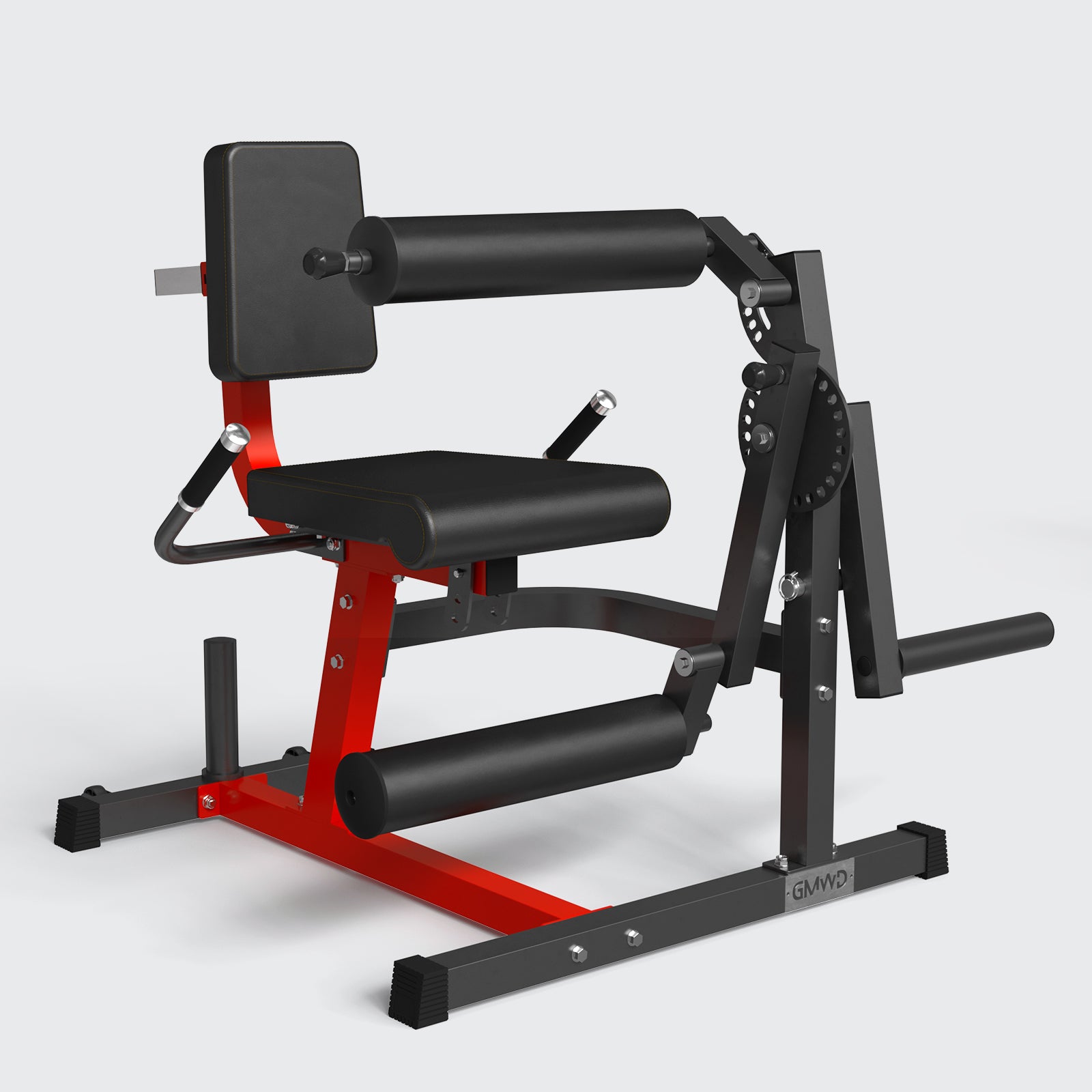


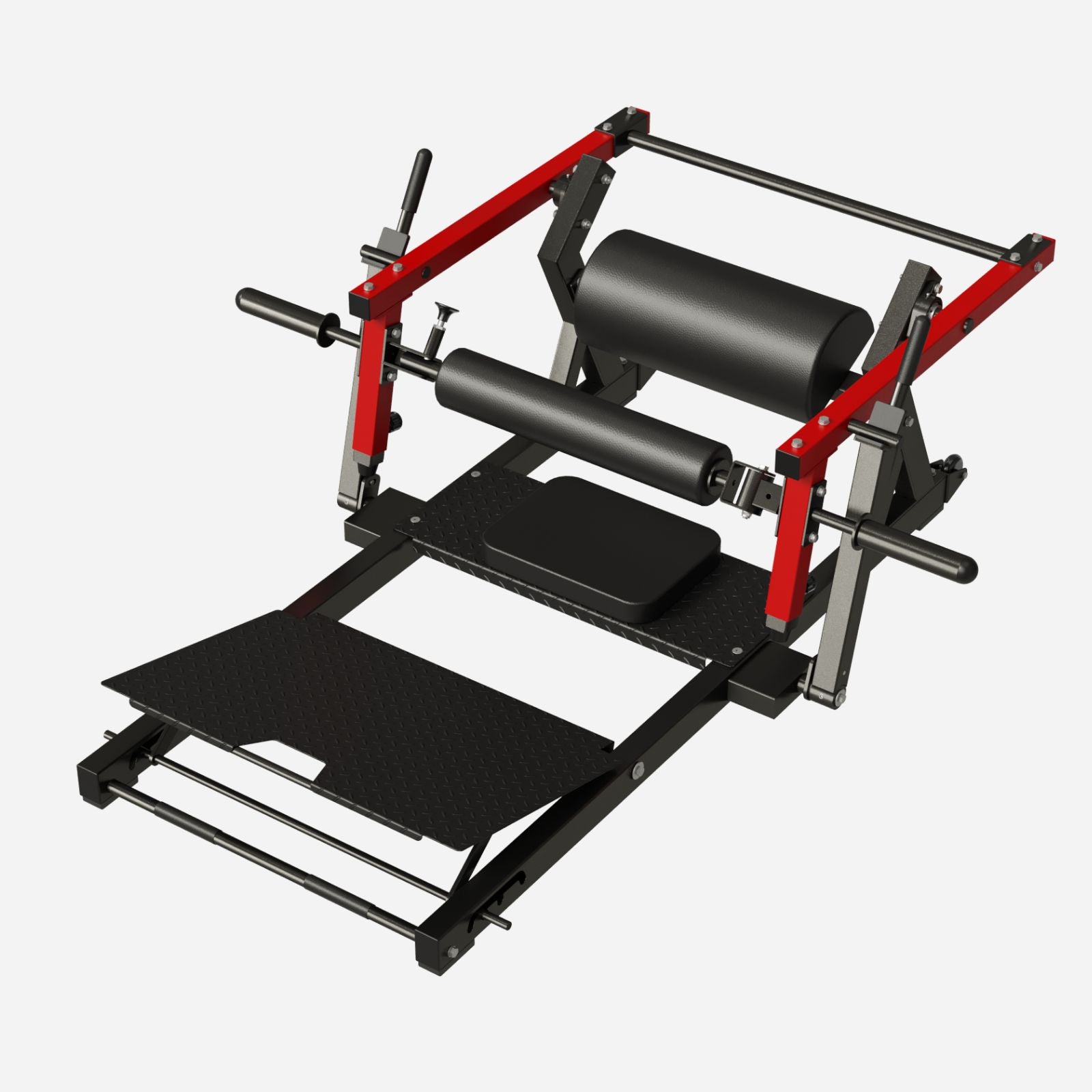







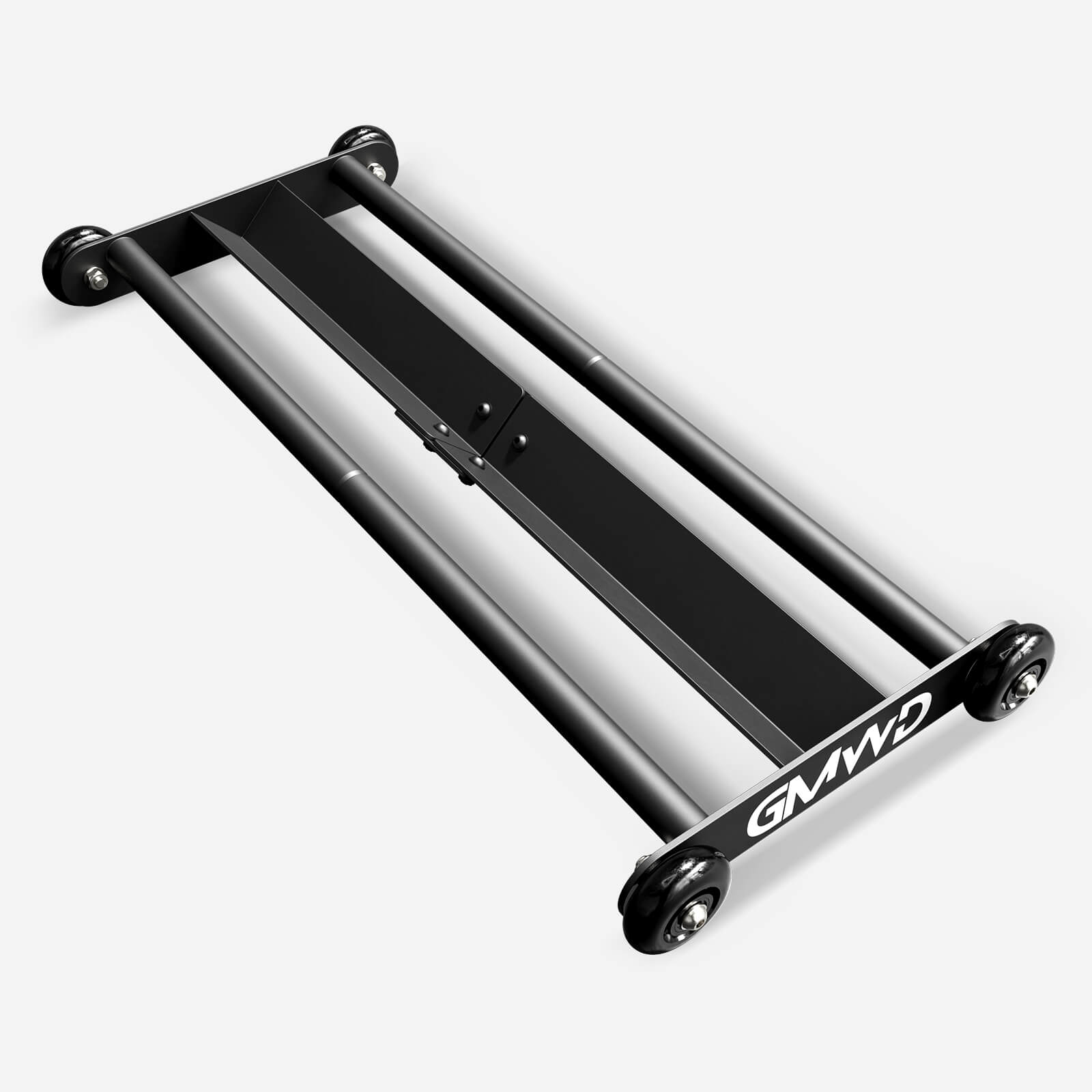









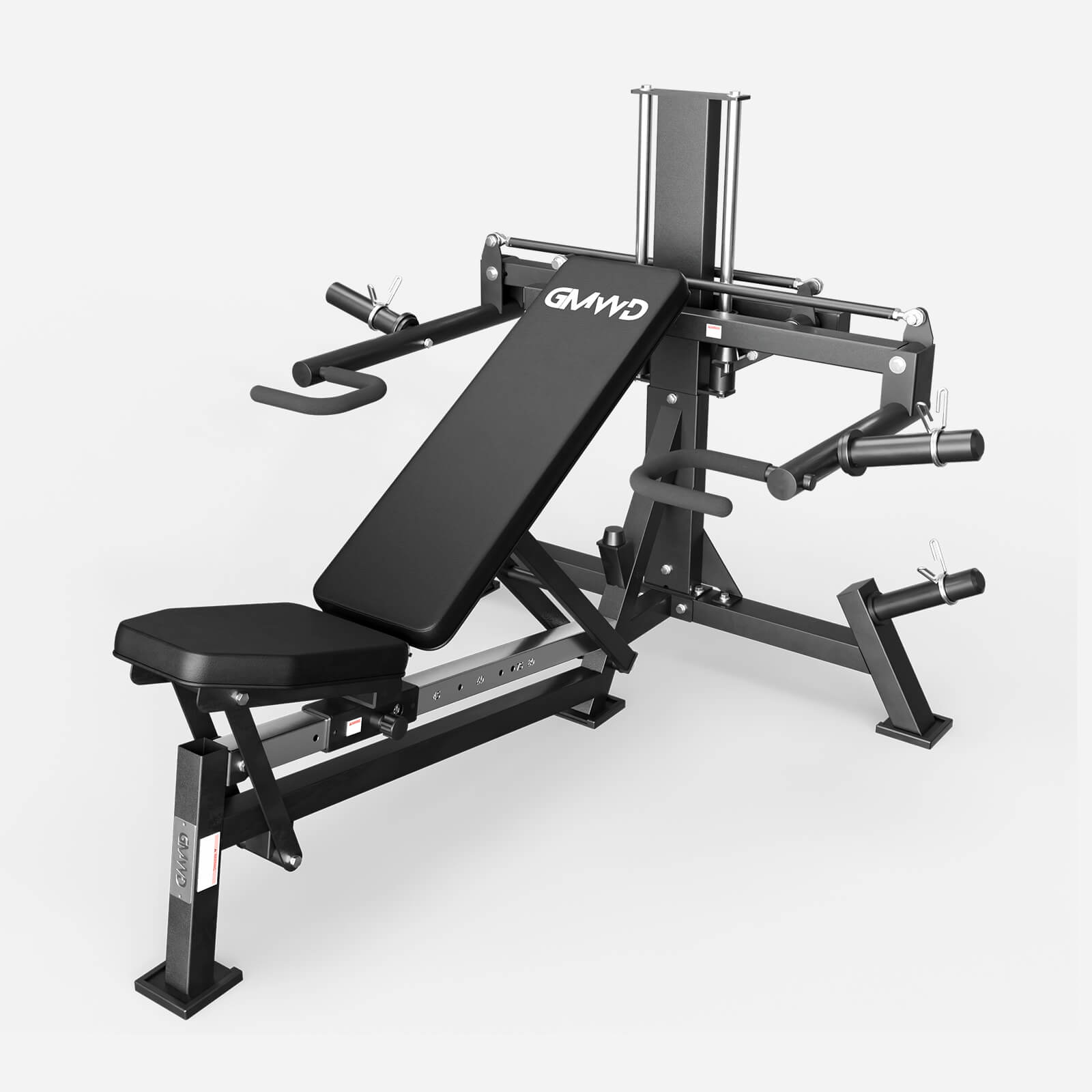





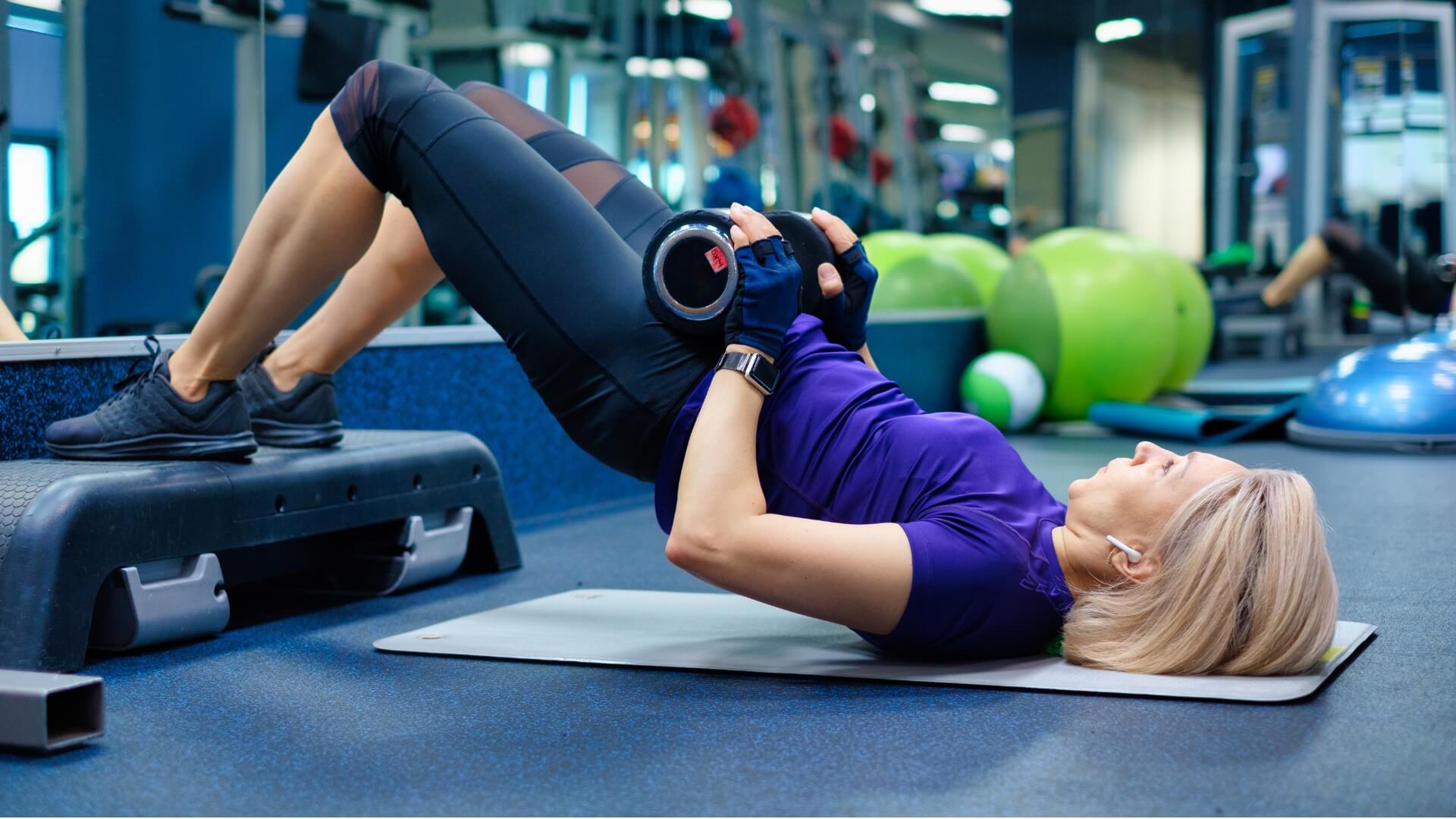
Leave a comment
All comments are moderated before being published.
This site is protected by hCaptcha and the hCaptcha Privacy Policy and Terms of Service apply.